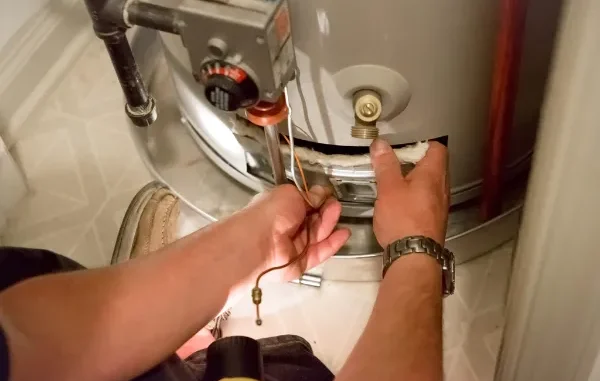
A water heater is a household necessity, but it’s often overlooked until it stops working properly. When problems occur, they can disrupt daily life, from freezing cold showers to an inability to do laundry or dishes. While some issues can be repaired, others might be serious enough to warrant a full water heater replacement. Here are five common problems that can affect water heaters and signal the need for action.
1. Inconsistent or No Hot Water
One of the most obvious signs of a malfunctioning water heater is a lack of consistent hot water. If your showers fluctuate between hot and cold or you’re not getting hot water at all, the culprit could be a faulty heating element, broken thermostat, or sediment build-up. Electric water heaters may have failed heating coils, while gas units might suffer from pilot light or burner issues. In some cases, repairs are possible, but if the heater is aging or the parts are heavily corroded, water heater replacement could be more cost-effective and reliable.
2. Strange Noises Coming from the Tank
Water heaters are usually quiet during operation. However, if you start hearing popping, banging, or rumbling sounds, it’s typically a sign of sediment accumulation at the bottom of the tank. As the sediment hardens over time, it traps water underneath, causing it to overheat and make loud noises. These sounds indicate that the system is working harder than it should, reducing efficiency and increasing the risk of damage. Flushing the tank might help temporarily, but persistent noise is often a clue that replacement is a smarter long-term solution.
3. Water Leaks or Pooling
Any sign of water leaking around the base of the heater is cause for immediate concern. Leaks can come from faulty connections, a corroded tank, or a damaged pressure relief valve. While tightening connections may solve minor leaks, corrosion inside the tank is irreversible. A leaking tank can lead to property damage, mold growth, and safety risks. If the source of the leak is the tank itself, a water heater replacement is the only safe and effective option.
4. Rust-Colored or Dirty Water
Rusty or murky water flowing from your hot water taps often indicates corrosion inside the tank or the pipes. If it’s only affecting the hot water, the problem is likely in the heater itself rather than your plumbing. An anode rod, designed to prevent rust, may have worn out, or the tank lining could be deteriorating. While replacing the anode rod may fix the problem temporarily, rust inside the tank usually means it’s time to consider replacing the water heater before the corrosion causes leaks or complete failure.
5. Reduced Efficiency and Rising Energy Bills
As water heaters age, they lose efficiency. Sediment buildup, worn components, and outdated technology all contribute to higher energy consumption. If you notice your utility bills climbing even though your usage hasn’t changed, the water heater might be struggling to perform. Frequent repairs, long heating times, and inconsistent output can be signs that the system is nearing the end of its useful life. At this point, investing in a new, energy-efficient model makes more sense than continuing to pay for maintenance and inflated energy costs.
Whether your water heater is making strange noises, leaking, or just can’t keep up with your household’s hot water needs, identifying the root cause is the first step. While some problems can be resolved with minor fixes, others indicate a larger issue that may require a water heater replacement. Knowing when to repair and when to replace can save you money, prevent unexpected breakdowns, and ensure your home stays comfortable all year long.






Leave a Reply